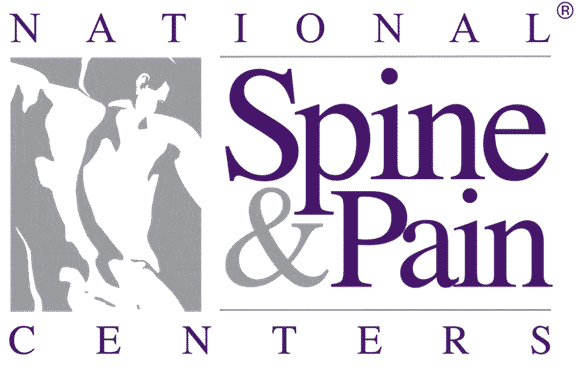It may start as an aching sensation in your neck or back that fades and returns. The pain may increase and last longer over time. You may begin to lose flexibility and stretching or turning your back might increase the pain. If you have these symptoms, you might be suffering from facet syndrome.
Facet syndrome is a common diagnosis for back, mid-back and neck pain. The facet is a joint that lies between each of the vertebra in the back. These joints are in constant motion, providing the spine with both the stability and flexibility needed to walk, run, bend, sit, and twist. The joint surfaces are lined with cartilage allowing them to glide easily over each other. The joint can be become damaged from an injury, or due to a degenerative condition, such as arthritis. When the joint cartilage deteriorates, friction between the bones leads to the tenderness, swelling, stiffness, and pain. The muscles will also work harder to protect the injured area, becoming very tense and stiff.
Video: Understanding Facet Syndrome, Causes and Treatments:
[youtube id=”oxd6uSl7c0U” width=”560″ height=”315″]
Symptoms of Facet Syndrome
- Pain that is often worse in the beginning and end of the day, or with a change in weather
- Lower back pain that is primarily at the waist level
- Neck pain that radiates into the shoulders, or head
- Headaches at the base of the skull, aching behind the eyes, and/or ringing in the ears
- The sound of bone rubbing on bone when you move
- Abnormal curvature in the spine
- Increase in pain when first standing, when sitting for long periods of time, or when bending or twisting
Risk Factors for Facet Syndrome
- Excessive weight
- Back overuse due to sports or heavy labor
- Family history of facet syndrome or back pain
- Presence of disease such as gout, other types of arthritis, or infections
- Damage from injuries, including whiplash, or sleeping with a twisted neck
- Any injury with a sudden jerk of the neck, twisting while lifting overhead, or trauma to the spine
Treating Facet Syndrome
A treatment plan for Facet Syndrome can start with physical therapy to improve strength, mobility and range of motion. MRIs and x-rays can help confirm the diagnosis, and the diagnoses can be confirmed further through an injection of anesthetic and cortisone into what is believed to be the affected joint. If there is a reduction in pain, then this confirms the true source of your pain.
Cortisone is also helpful in reducing inflammation around the facet joint. However, these treatments may not return the patient to the flexibility and comfort level desired. This is where biologic regenerative treatments, such as Prolotherapy and Platelet Rich Plasma (PRP), are particularly effective in actually helping the facet joint to heal, instead of merely reducing the symptoms. These treatments actually help to restore the strength to the neck or back.
Prolotherapy
Prolotherapy contains a solution of concentrated dextrose and local anesthetic (steroids are not used). This solution stimulates the body’s natural ability to repair damaged tissue, encouraging new growth and creating a positive environment into which the stem cells are placed.
Platelet Rich Plasma
Platelets initiate tissue repair by releasing growth factors. These growth factors start the healing process by attracting cells that repair us, including critical stem cells. Platelet Rich Plasma therapy intensifies this process by delivering a higher concentration of platelets. The therapy involves a small sample of the patient’s blood placed in a centrifuge to separate the platelets from the other blood components. The concentrated PRP is then injected into and around the point of injury, significantly strengthening the body’s natural healing. Our process for PRP is much different and sets us apart. Because our samples are all hand processed, we are able to produce PRP that is free of contaminating red and white cells, which can inhibit repair. This same special process also allows us to customize the concentration and volume for each individual and each injury type. This greatly improves outcomes.
With treatments such as Prolotherapy and Platelet Rich Plasma, it is possible to restore the facet joint back to normal function. The muscles around the joint will begin to relax as a result, and the patient can return to the normal range of motion and flexibility experienced before the onset of Facet Syndrome.
